Do Modern TVs Still Experience Burn-In? Troubleshooting & Prevention Tips
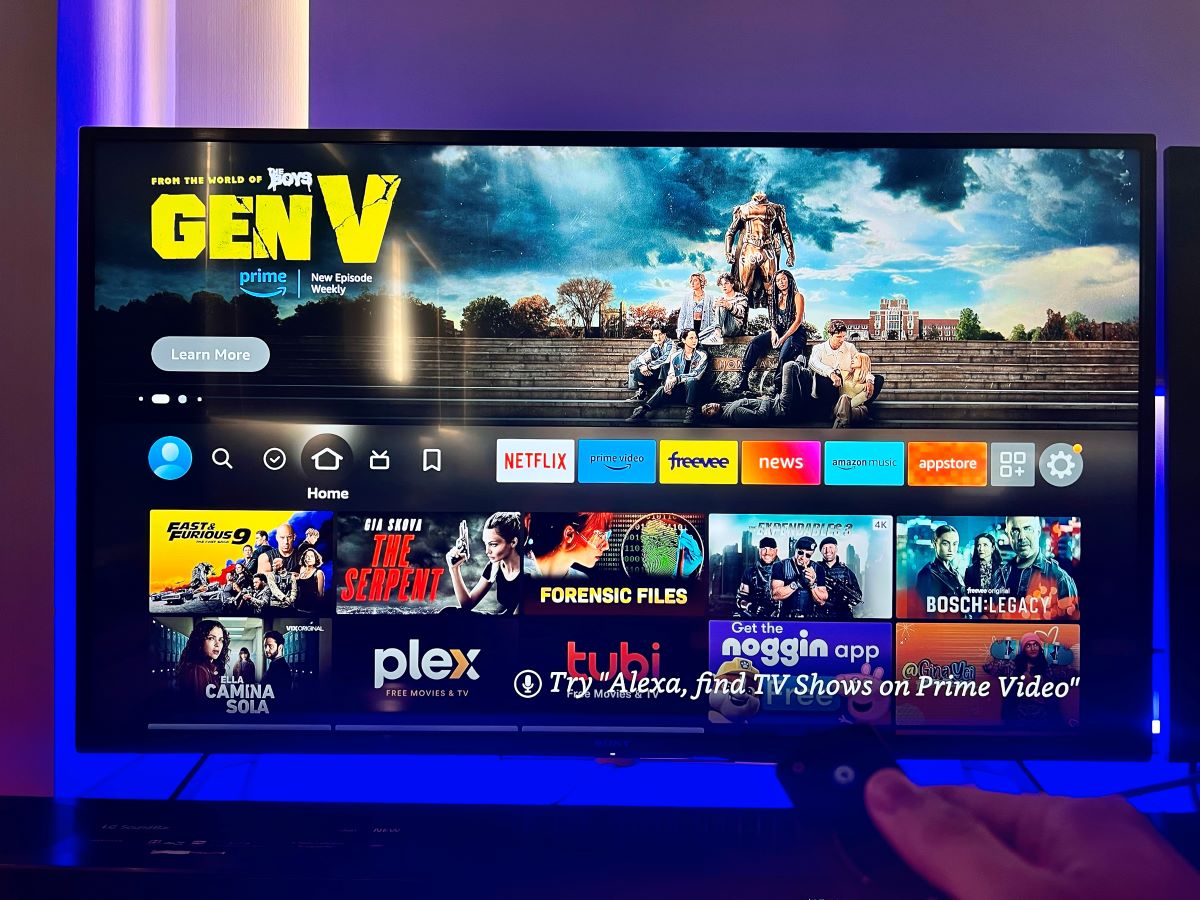
What To Know
- Modern TV screens, depending on the technology used, can still experience burn-in, with plasma screens being the most susceptible and QLED screens being the least vulnerable.
- To prevent and potentially fix screen burn-in, you can adjust TV brightness, use pixel-shift technology, play color-adjusting videos, and practice responsible TV use, but replacement may be necessary in severe cases.
In this article, we will learn about burn-in screen issues on modern TVs with various display technologies, from Plasma to QLED and OLED.
I will also share helpful troubleshooting and prevention tips with you.
Quick Navigation
So, Do TV Screens Still Experience Burn-In Nowadays?
Yes and no. Thanks to technological advancements, modern TV screens are less likely to experience burn-in. However, it’s not to say that it won’t ever happen.
The type of technology used in your TV will play a huge role in its vulnerability to burn-in.
Let’s take a look at the most common types of TV screens and their likelihood of getting burn-in.
Plasma Displays
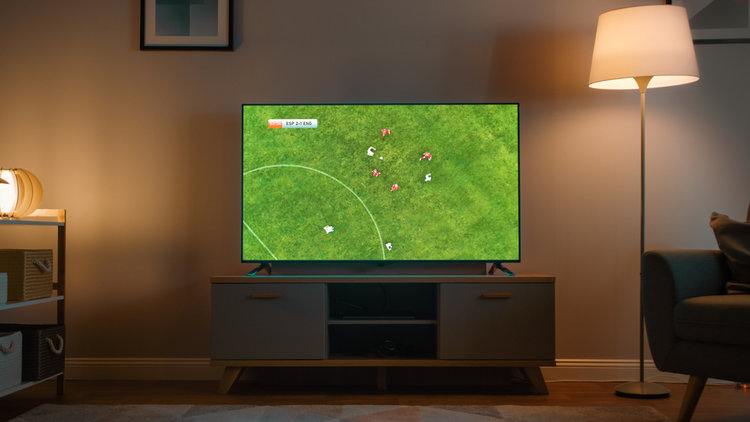
Many of the first flat-screen TVs ever produced were made using plasma technology. This made for sharper images, more color depth, and a more memorable viewing experience.
Unfortunately, plasma TVs are highly susceptible to burn-in. So, despite their incredible refresh rate and impressive color, the majority of manufacturers stopped producing plasma TVs in 2015.
If you’re still sporting a plasma TV from the early 2000s and it hasn’t burnt in yet, congratulations! You are one of the select few who avoided this dreadful fate. To avoid ever experiencing burn-in, you might want to look into more modern TV screens, like OLED or QLED displays.
Liquid Crystal Displays (LCDs)
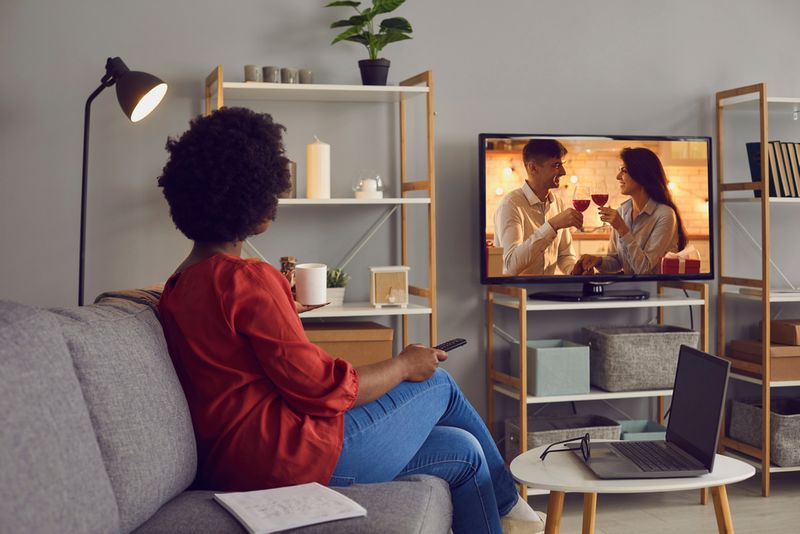
LCD TVs are found in many modern households. They’re the typical choice of customers because of their impressive display capabilities and affordable prices. Since LCDs contain thousands of pixels, they are more likely to develop burn-in. They also suffer from motion blur due to an incredibly slow refresh rate.
Nevertheless, LCD TVs are less vulnerable to burn-in compared to DLP and plasma displays. So, as long as you practice proper LCD use, your screen should last you a long time.
LED Screens
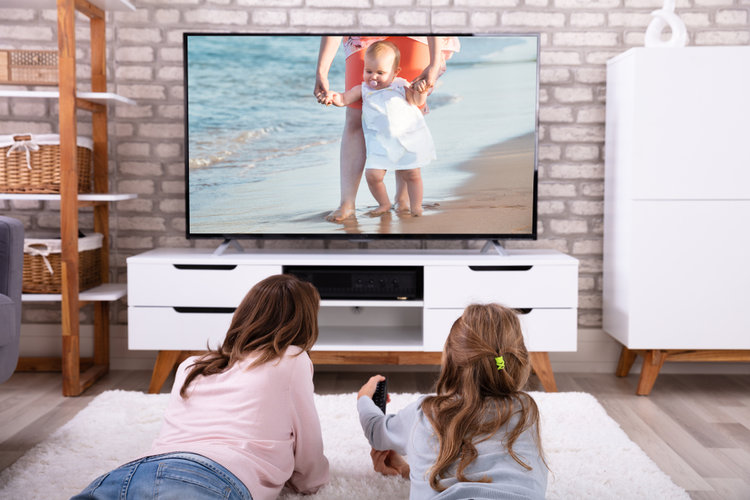
You can look at LEDs as the more sophisticated older brother of LCDs. They generally use the same layout and design. Yet, instead of using liquid crystals to light up different pixels on-screen, LEDs use small individual lights called “diodes” to do the job. This allows TV manufacturers to make their TVs thinner and much lighter.
LEDs are still vulnerable to burn-in. However, it’s not as severe as DLP, plasma, and LCDs. As long as you keep your TV watching to a minimum, there shouldn’t be any reason for you to worry about burn-in.
Organic Light-Emitting Diode (OLEDs)
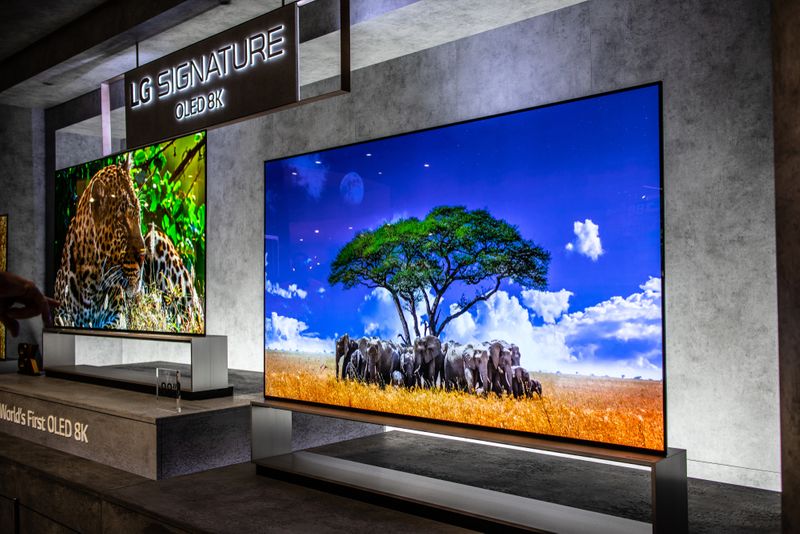
OLED displays are relatively new to the market. They first appeared in 2012 and have steadily taken over the industry since then.
The great thing about OLED displays is that they offer better image quality, color accuracy, and refresh rates. They also use 40% less power than previous display types, making them an optimal choice for people looking for ways to decrease their electrical consumption.
While burn-in is less likely to happen with OLED displays, they can still experience image retention. If you’re someone who watches TV for many hours on end, it might be time to start cutting down your screen time.
Quantum Light-Emitting Diode (QLEDs)
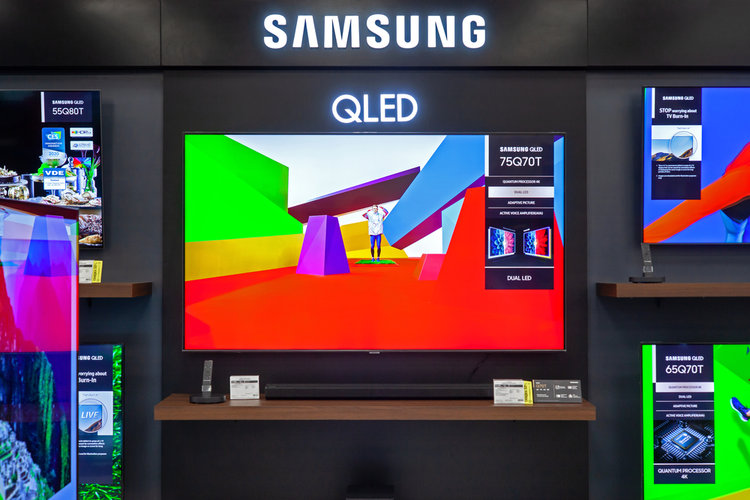
QLEDs haven’t been around for as long as all the other technologies. However, they are proving to be some of the best display techs available today. These displays use nanoparticles called “quantum dots” on their displays, improving color and brightness on TVs. Unlike OLEDs, QLEDs are not susceptible to burn-in or image retention. You can affix an image on the screen for as long as you want and not worry about leaving a mark later.
Still, QLEDs don’t have the best black balance and contrast ratio – OLEDs have them beat in that respect. However, they are much more affordable than OLEDs, making them an appropriate choice for anyone looking to upgrade their viewing experience and save money in the process.
How to Fix Screen Burn-in
As mentioned earlier, burn-in is generally an unfixable issue. However, there are some instances when you can still salvage the remaining capabilities of your TV. The following are methods on how to fix screen burn-in on your TV:
Adjust TV Brightness
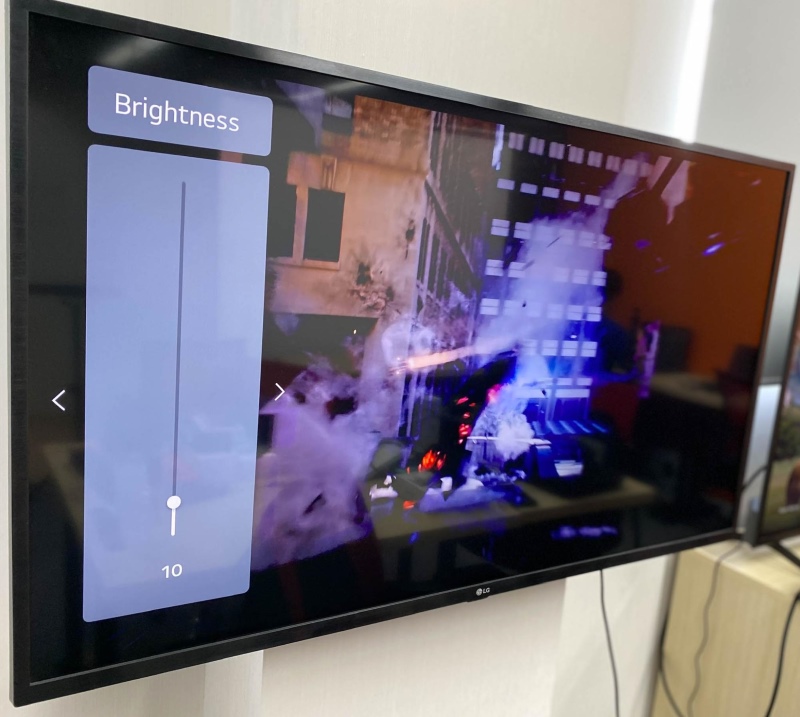
When experiencing a TV burn-in, the first thing you want to try to resolve the issue is to turn down the TV brightness.
Reduce your TV screen brightness to below 50% to give the overused pixels some time to recover.
In most cases, burn-in can disappear after a few hours with the TV brightness set to “low.” However, this method may not be as effective for more severe cases.
Use Pixel-Shift
The beauty of most modern TVs is that they contain tech called pixel shift.
This tech moves the images on your screen to occupy various pixels, making your pixel usage more even. Most TVs will have pixel shift enabled out-of-the-box. If that’s not the case with your TV, you should be able to manually activate pixel shift via your TV’s Settings menu.
Once activated, the pixel shift feature should protect your TV pixels from overuse and prevent burn-in from ever developing.
Play Color-Adjusting Videos
For most displays, running a colorful video for a few minutes to an hour on-screen can help remove burn-in. You can find a dozen of these videos on YouTube or other media services. Choose one and let it play on your TV for a couple of minutes and see the results.
Plasma TVs don’t need as many colors to remove screen burn-in. A simple static white screen should be able to remove burn-in and image retention during less severe cases.
However, if the burn-in is much more serious, there might not be anything else you can do to fix it.
Replace Your TV
In cases where repair is no longer possible, you’re only really left with one more option: replacement. Check your TV warranty to see if it covers replacement for pre-mature burn-in. If not, you’ll have to take a trip to your local TV store and buy a new set.
Tips to Prevent Screen Burn-in
Nobody should ever suffer the annoyance of screen burn-in. The following tips should be able to help you avoid screen burn-in and image retention on your TVs:
Tip #1: Lower TV Brightness
Pixels tend to deteriorate faster the brighter you set your display to. Lowering the brightness while using it is one way to stop this from happening.
Go to Settings and look for Brightness and Contrast in the menu. Lower it to about 50% and leave it there.
Keep it there whenever you watch TV – especially if you’re marathoning a favorite show or movie series.
Tips #2: Practice Normal TV Use
Most TVs aren’t designed for you to keep them on 24/7. If you keep your TV on for hours or even days, you’re more likely to experience burn-in. Practicing responsible TV use can help you extend the life expectancy of your TV. Keep your content consumption to a minimum and don’t let yourself watch more than three hours of TV per day.
Tip #3: Turn the TV Off When Not in Use
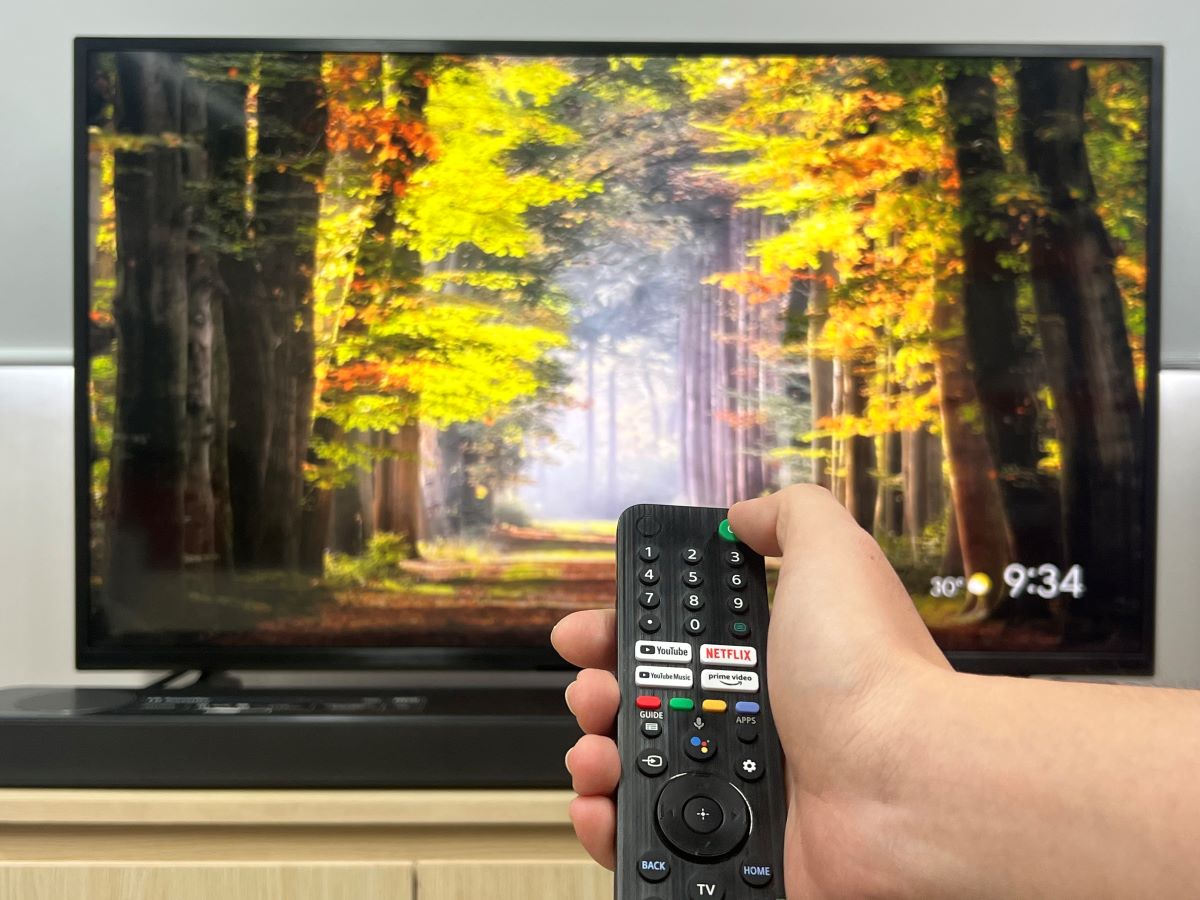
It doesn’t matter if it’s only for a few minutes – if you’re not using your TV, you should turn it off to save it from screen burn-in.
Some TV technology is sensitive to burn-in. So, the less time you have their pixels exposed to consistent light, the less likely they are to get damaged.
Final Thoughts
While most modern TVs are less likely to experience burn-in, there are still instances where it can happen. The only two technologies currently at lower risk of burn-ins: DLPs and QLEDs.
Regardless of the type of TV you own, you should be able to avoid screen burn-in with regular care and maintenance. The tips we’ve provided above should help you extend the life expectancy of your TV.
If you have other questions you’d like us to answer, make sure to leave them in the comments below and we’ll do our best to include them in a future article.
Good luck!
Catherine Tramell has been covering technology as a freelance writer for over a decade. She has been writing for Pointer Clicker for over a year, further expanding her expertise as a tech columnist. Catherine likes spending time with her family and friends and her pastimes are reading books and news articles.

